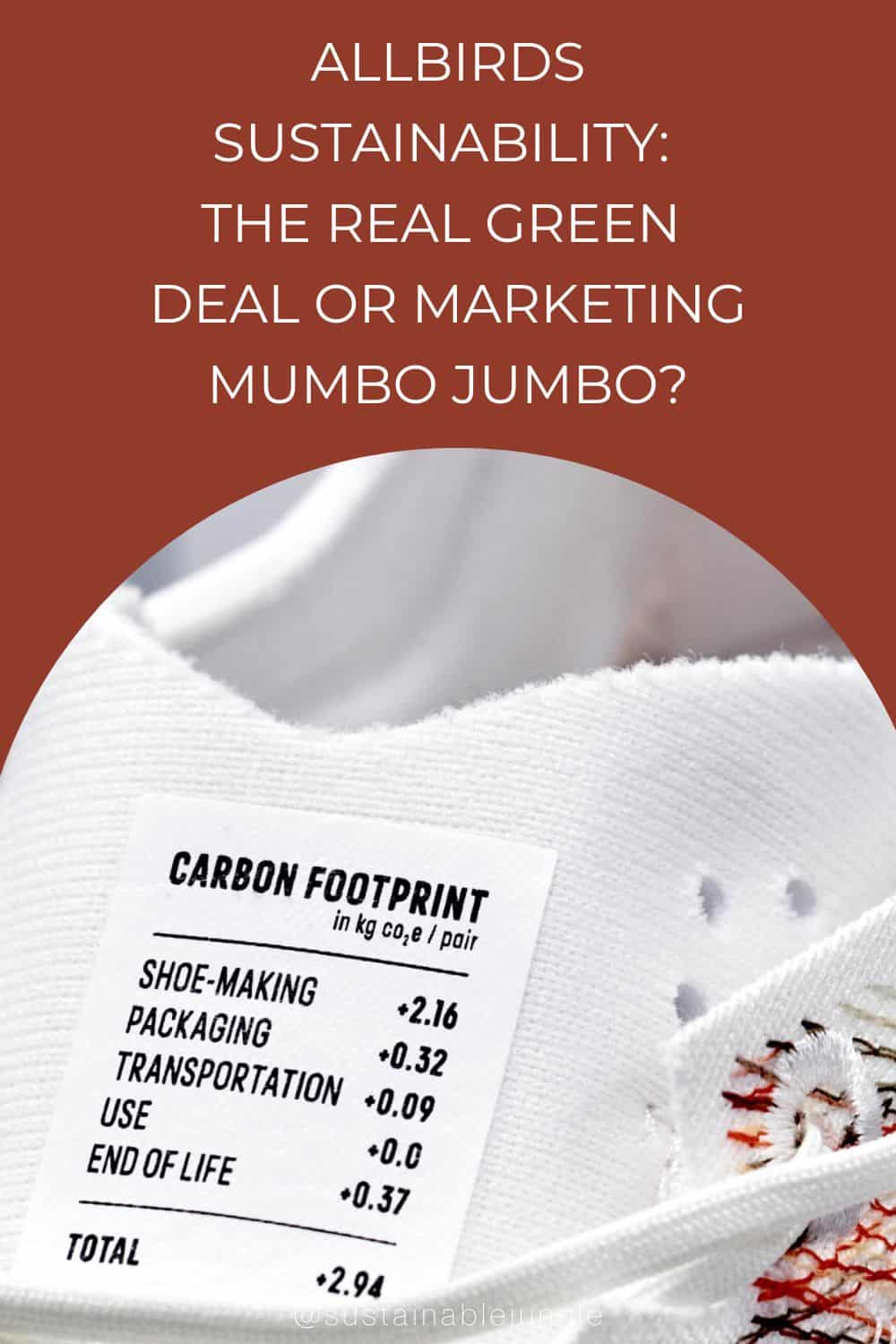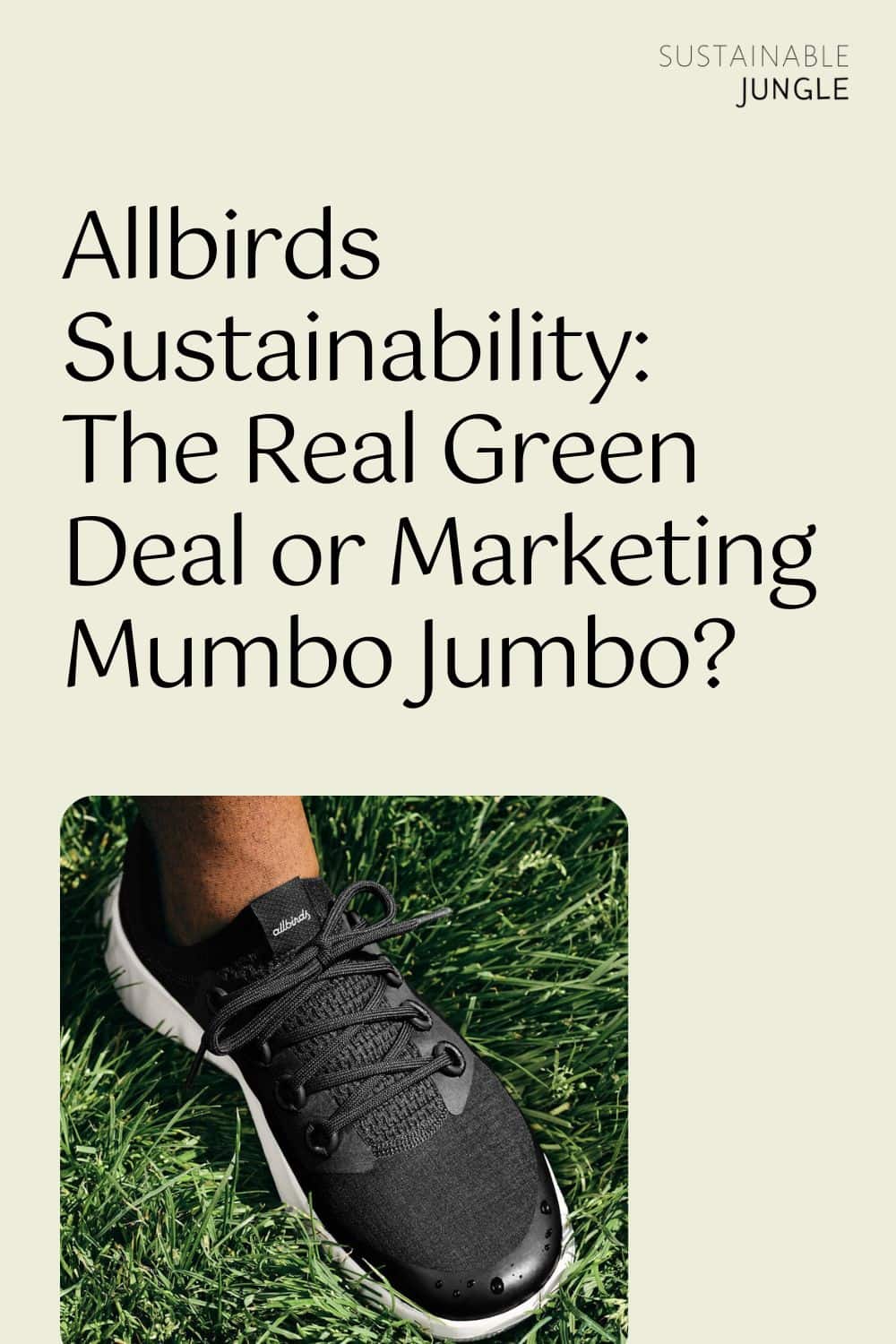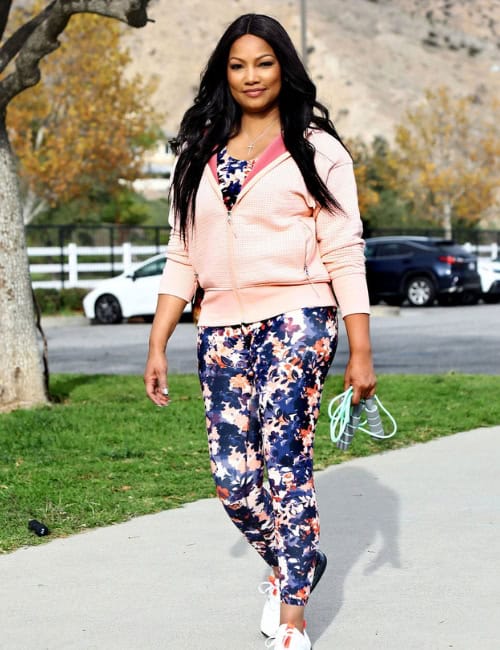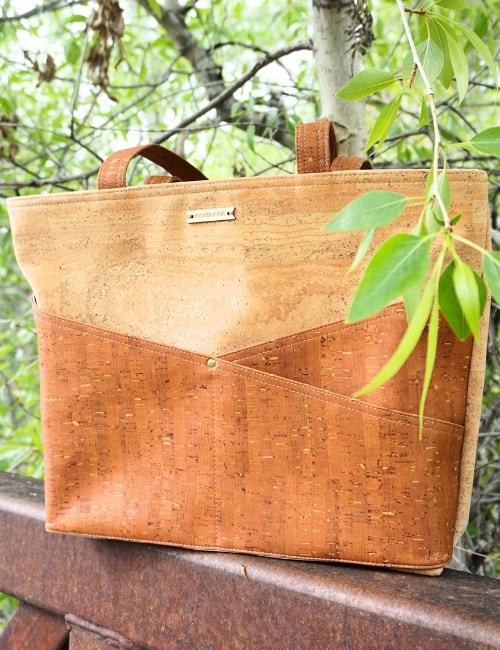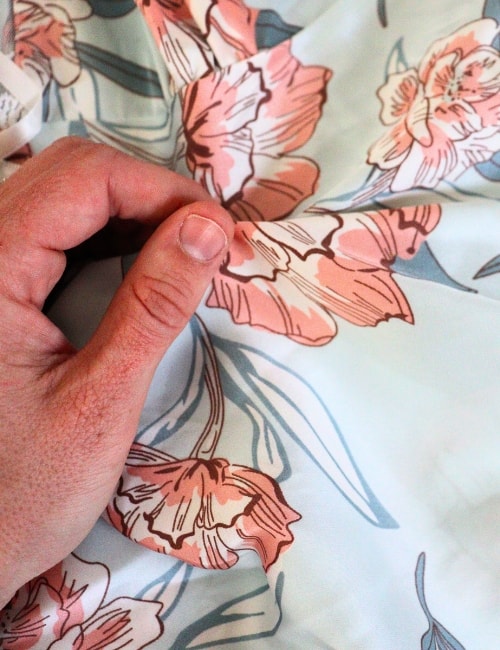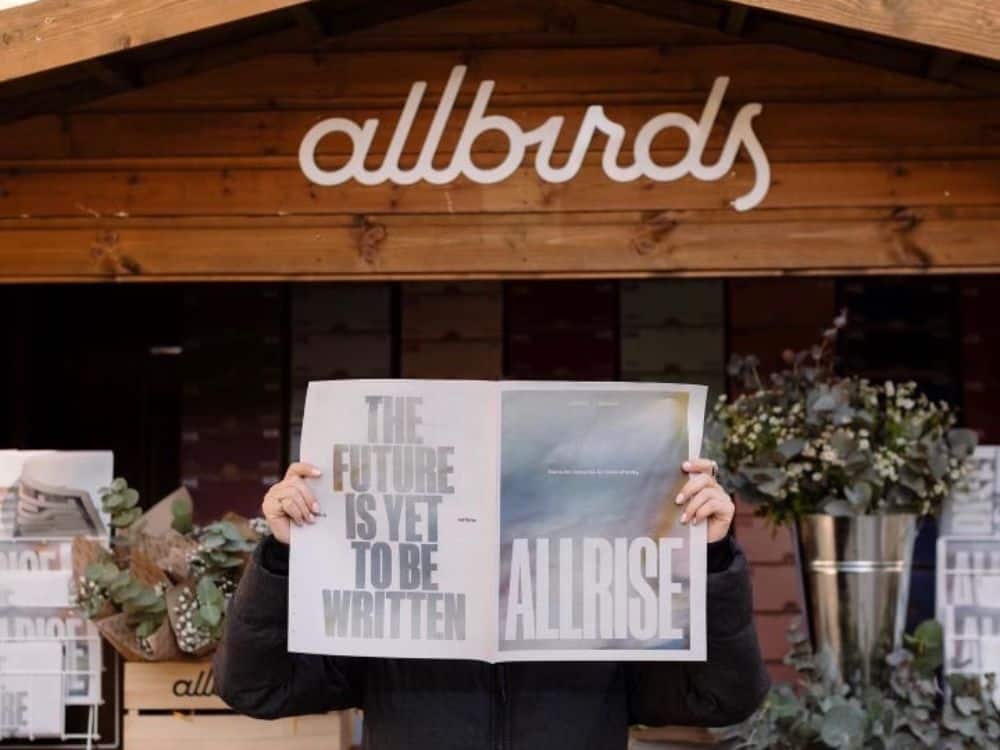
Allbirds Sustainability: The Real Green Deal or Marketing Mumbo Jumbo?
With 20 billion pairs of largely petroleum-derived sneakers produced every year amidst a climate crisis, one might wonder how another sneaker brand is the answer to the massive carbon footprint of the fashion industry.
Enter: Allbirds, a New Zealand-born and San Francisco-based sneaker brand that already has a Harvard Business School case study about its journey to “decarbonize fashion”.
But when a brand has taglines like “Reverse Climate Change Through Better Business,” or “The World’s First Carbon Zero Shoes,” closer inspection is required.
Is Allbirds’ sustainability rating legit in disrupting the sneaker game, or another example of false claims in an industry already jaded (get it?) by greenwashing?
The runaway success of the ethical sneaker brand was recently dragged down by non-ethical wool accusations, murky workers rights, zero circularity and durability, and a lawsuit.
Today’s savvy shoppers have high expectations of independently-verified proof and traceability of green claims from brands like Allbirds.
So, let’s nose-dive into the world of Allbirds’ sustainable(?) shoes and clothing to see if they’re truly doing more to change the fashion system than most.
Everything we recommend to you on Sustainable Jungle is independently researched and we ask all brands to confirm their claims. To avoid waste, we test products on an as needed basis. This post contains affiliate links. If you buy something through our links, we may earn a small commission. Learn more about why we do this here.
Exploring Allbirds Sustainability
1. Who Is Allbirds?
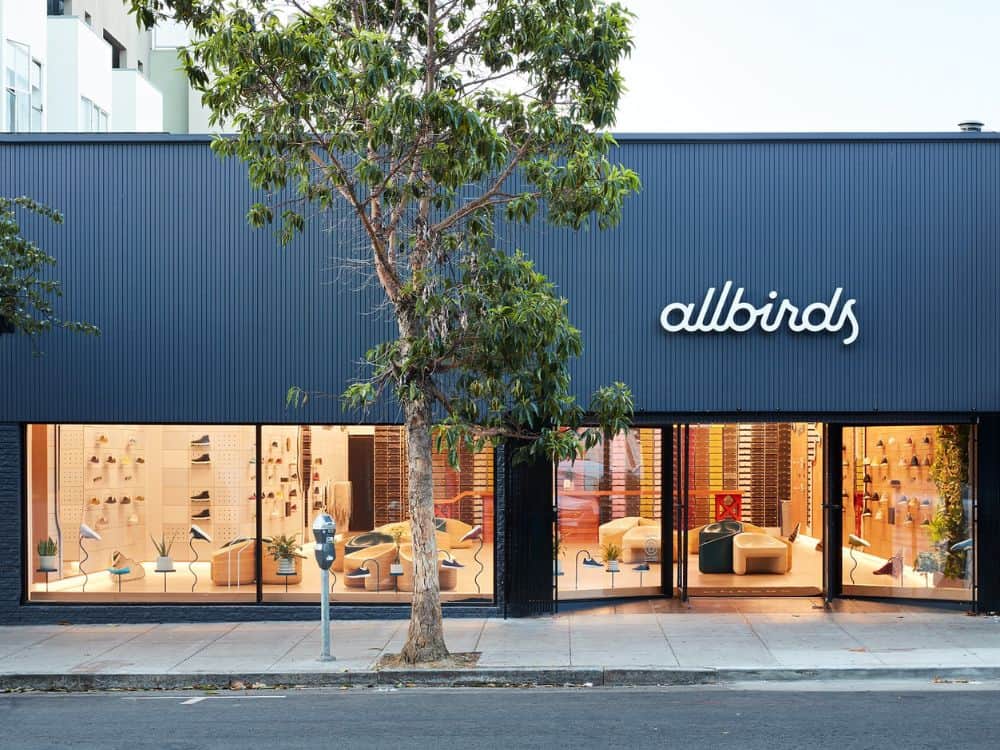
In 2014, what began as a business school dream and Kickstarter project by former New Zealand footballer-turned CEO Tim Brown quickly hatched into Allbirds after biotech engineer and renewables expert Joey Zwillinger joined the roost.
Along with a $200,000 grant from a New Zealand wool industry research group and a plot to make products that “reverse climate change,” Allbirds quickly took flight as a public benefit corporation, Certified B Corp, and Climate Neutral member, rising through the ranks as one of the world’s most popular new sneakers.
Their shoes, which have been called the “AirPods” of the sneaker world, are remarkably plain: sustainable rubber soles and ethical wool uppers with not a logo in sight, which is in part why they became so popular among politicians, athletes, Hollywood, and Silicon Valley types.
While the brand isn’t without controversy, Allbirds’ commitment to sustainability is demonstrated through its Flight Plan, a transparent roadmap to halve their carbon footprint by 2025, with the ultimate goal near zero by 2030.
This will mostly occur via reduced shipping carbon emissions, eco-friendly and renewable materials, regenerative agriculture, internal carbon tax, and renewable energy use.
This is on top of Allbirds’ operations already being 100% carbon-neutral, with labeling to communicate to consumers the per product carbon footprint.
Allbirds’ activewear and basics are no strange bird around Sustainable Jungle, where we’ve celebrated the brand in many product roundups, ranging from sustainable running shoes to TENCEL clothing brands, ethical underwear, ethical boxers, sustainable hoodies, and more.
While the activewear brand first launched with one single “it” sneaker, the Wool Runner, things started to get hairy (er, wooly?) from there.
More recently, they’ve hit a few missteps and paired back offerings.
Perhaps it was a matter of too much, too fast, too soon, without having a real roadmap. And while they’re not exactly slow fashion, the brand evolves best through innovation, not speed and trend.
In the last few years, Allbirds has flown to high highs and low lows, going from a $2 billion dollar-plus valuation as a publicly traded company and an Adidas collaboration, to stocks tanking, retail stores shuttering, and founder Brown admitting “some of our products have missed the mark”.
Brown then demoted himself and the company found itself bogged down by revenue losses, lawsuits, and Allbirds greenwashing accusations.
In July 2023, the Wall Street Journal published a damning article that declared “How Allbirds Lost Its Way,” citing quality complaints, intractable holes, and the tough sell of sustainability as the brand’s Achilles heel.
Now, the brand is hoping to spread its wingspan with the pending launch of its hotly-debated “M0.0nshot” shoe, which is boldly touted as the world’s first net-zero carbon shoe.
With the internet awash with articles that point equally to Allbirds’ success as much as their downfall, it can be hard to see the full picture.
So, can consumers trust Allbirds? How is Allbirds sustainable? And is Allbirds ethical?
2. Is Allbirds Sustainable?
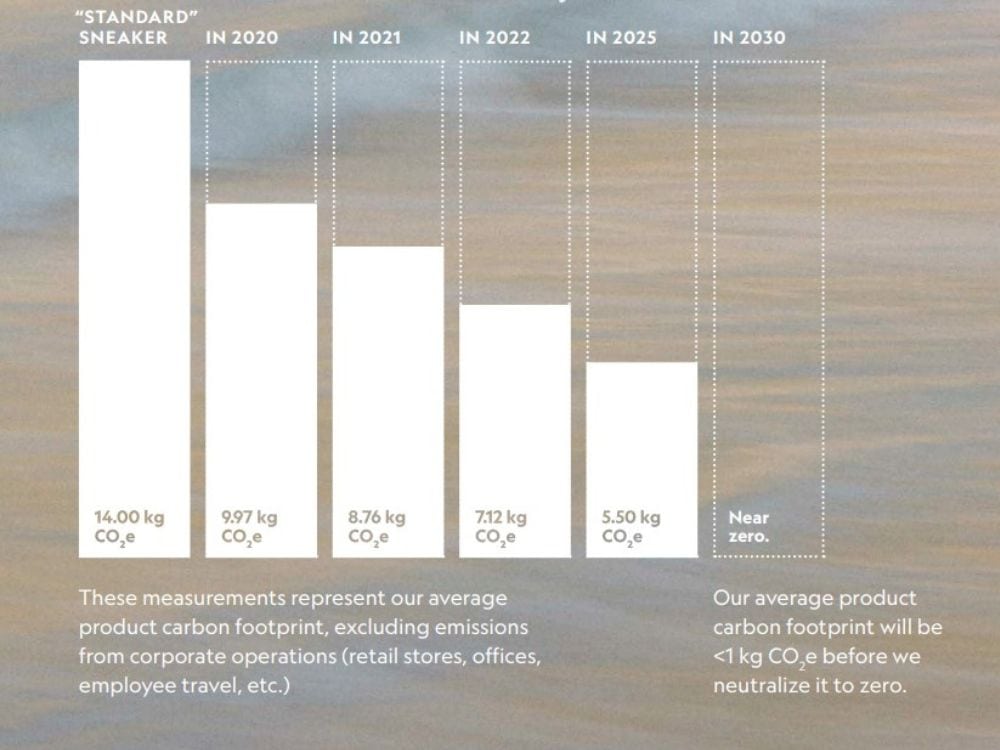
When we examine the Allbirds sustainability scorecard, we first look at how transparent the company is in reporting progress toward their sustainable and ethical targets.
In this respect, apparel and footwear brand Allbirds does well. The brand cares about progress over perfection, and proves to implement feedback on the journey toward their sustainability targets.
The company currently holds an 96.5 overall score with B Corp, up from 89 in 2020. For reference, an ordinary business of its size is usually around 50, with 80 being the bare minimum for B Corp certification.
The 2022 Flight Plan—Allbirds’ sustainability report and plan—details its progress towards the various targets it aims to reach by 2025, with its ultimate goal set at net-zero by 2030.
These targets include carbon reduction, increased renewable energy and low-impact materials use, regenerative agriculture projects, better packaging and ocean shipping with cleaner fuel, and commitments to fair labor, animal welfare, water and chemical use, and traceability and transparency.
But is it really “Better Business, Not Better Buzzwords” as one Allbirds slogan warbles?
Let’s look at the steps this brand, who believes they can “Reverse Climate Change Through Better Business,” is taking to reduce its environmental and social footprints.
Allbirds’ Supply Chain & Manufacturing
As Allbirds dashes towards a net-zero company status, material suppliers and manufacturing partners are at the core.
The brand is known for material innovation. For example, their ZQ-certified merino wool is ethically sourced from farms in New Zealand with regenerative farming practices and their TENCEL™ lyocell fabric comes from Austria’s Lenzing, who uses a closed-loop manufacturing system and sources from FSC-certified rain-watered South African eucalyptus farms.
After the materials stage, they only involve suppliers—spread across Vietnam, China, South Korea, North Carolina, Guatemala, and Peru—who commit to their rigorous Code Of Conduct.
They take it a step further in their Environmental Policy, by outlining expectations for suppliers regarding environmental management systems, compliance with permits, environmental pollution, air emissions, hazardous waste, water and wastewater management, waste, and chemicals management.
Says Allbirds regarding how they operate, they establish healthy, long-term partnerships with factories and offer details about their evaluation, auditing, and remediation processes.
Allbirds’ Fabrics & Raw Materials
Something Allbirds takes to new heights in an industry oversaturated with petroleum-based and synthetic fabrics are sustainable fabrics.
While natural materials, like wool, are not always low carbon from the start, they have the potential to be and Allbirds acts like a lab, developing methods of regenerative agriculture to account for carbon sequestration.
Per their Flight Plan, by 2025 they aim to reduce raw materials usage by 25%, use 75% sustainably sourced natural and recycled materials, and achieve a 25% lessening of carbon intensity of materials through methods like more responsible energy.
They also pledge to double the lifespan of Allbirds’ sustainable shoes and clothing by increasing material durability.
So what are Allbirds made of?
- Merino wool: ZQ certified and sourced from mostly regenerative farms that prioritize the wellbeing of sheep is their mainstay material. By 2025, their wool supply chain will act as carbon sinks via the regenerative wool.
- Trino®: A soft, breathable knit invented by the brand made of FSC sustainable forestry certified eucalyptus trees and wool with a low carbon impact.
- Tree TENCEL®: FSC-certified eucalyptus lyocell, which is grown with 95% less water and produced in a closed-loop process with renewable energy.
- SweetFoam®: A cushy bio-based EVA insole made from Brazilian sugarcane they’re open sourcing to the industry, with Timberland, Puma, and other big names now using it. It was named one of Time’s best inventions of 2018 for being carbon negative by removing carbon from the atmosphere.
- SwiftFoam®: Their proprietary midsole is made of 50% bio-based content, which beats the 100% petroleum-based materials that most sneakers use.
- Recycled Plastic Bottle Laces: One shoelace equals one recycled plastic bottle.
- Recycled Nylon: They’ve replaced any virgin nylon with recycled nylon for their various wool and nylon blends.
- Plant Leather: Made from vegetable oil, natural rubber, and other bio-based environmentally friendly materials, resulting in 40x less carbon intensity than real leather.
Allbirds’ Carbon Reduction Commitments
Allbirds is all-systems-go when it comes to reducing its carbon footprint. So much so, that the brand believes it will achieve net-zero carbon by 2030.
As founding members of Carbon Neutral and members of B Corp and the Sustainable Apparel Coalition, the brand’s Environmental Program states explicitly:
“Allbirds commits to cutting our per-unit carbon footprint in half by the end of 2025. By 2030, our per-unit carbon emissions will be reduced by 95%, driving our emissions to less than 1 kg CO2e per product.”
While the brand previously focused on carbon-neutrality through internal carbon tax and carbon offset programs, Allbirds realized that wasn’t enough. That’s why they’re working towards all factories using 100% renewable energy by 2025.
By 2023, they managed to achieve a 19% emissions reduction, largely via regenerative agriculture, renewable materials, and responsible energy.
Every pair of their sustainable shoes is labeled with its carbon footprint and shipped (96% via ocean freights, not carbon-heavy airplanes) in an all-in-one bag, box, and mailer made from 90% post-consumer recycled cardboard.
Better still is their latest sugar-based packaging wrap to replace wasteful footwear boxes.
They even developed a proprietary, open-source carbon footprint calculator, which is a life cycle assessment tool that can help any brand understand its carbon footprint, and a carbon labeling template.
To address the not-so-bright end-of-life of their products, they encourage circularity by offering store credit for returned lightly used shoes and resell them (plus slightly defective products) through ReRun™.
As for washing Allbirds, the brand encourages using cold water and line drying to further reduce emissions associated with their products.
3. Is Allbirds Ethical?
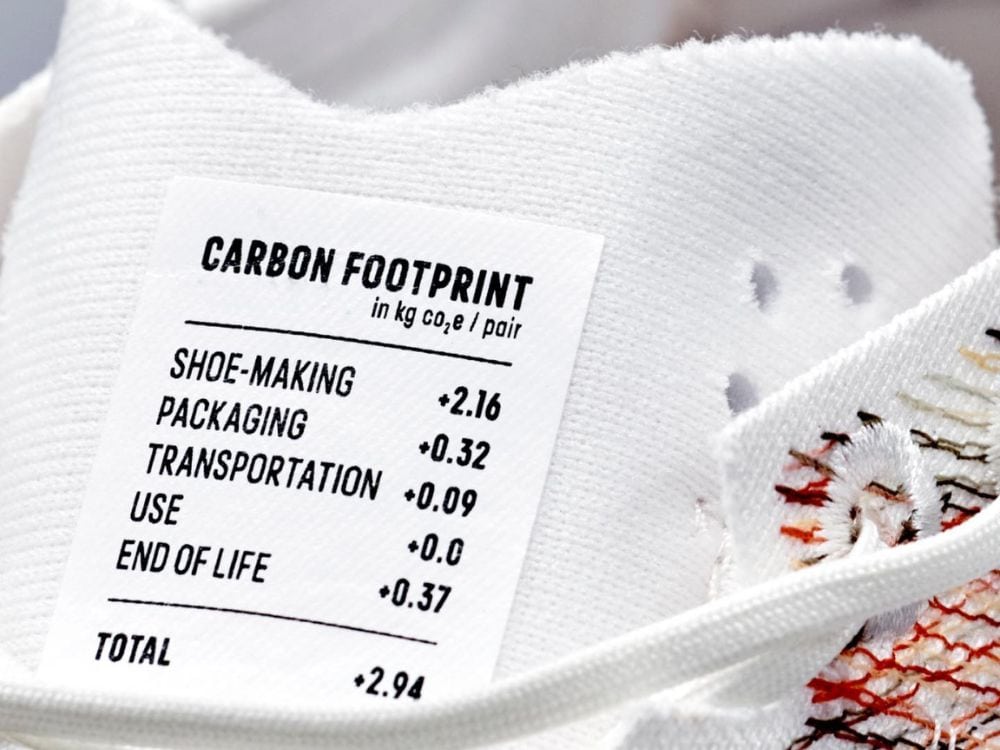
Allbirds consistently sprints toward environmental impact-related goals, but does their social impact fly as high?
Sustainability, after all, is nothing if the planet is protected but not the animals or people who are a part of it.
While the internet recently ran off about a few Allbirds controversies, the truth is: you could really stand (or jog…) to do worse than a brand like Allbirds.
The company has numerous policies in place to protect people and our furry friends, they’ve never had sweatshop accusations, and they’ve remained without any labor scandals thus far.
Most critiques of the brand—ranging from animal welfare on wool farms to workers rights issues like transparent factory practices and pay—have since been addressed.
Allbirds seems to mean it when they say their mission is continued progress over perfection.
Allbirds’ Transparency & Labor Practices
Detractors are most likely to have a bird about Allbirds’ sometimes murky transparency, criticizing them for not being open enough about their wool farms, factories, and workers’ conditions.
But the evolution of Allbirds—whether for to their benefit or detriment—has been so fast, that as soon as the internet chirps, it seems that Allbirds responds.
While their 2020 sustainability report had tongues wagging for its lack of information on workers’ wellbeing, they’ve provided more details for the 2022 round of updates.
Their 2022 sustainability report shows Allbirds has 11 tier one factories, 82% of which have additional social and environmental certifications that go above and beyond industry standards or local laws, and 73% of workers reported full satisfaction on the job via questionnaires.
The brand is also a member of the Better Work program and makes public its supplier code of conduct and factory approval criteria that suppliers must adhere to, which prohibits forced labor, child labor, unreasonable working hours, and more.
Their support of worker voices, responsible sourcing, remediation, and human rights policy are also published.
Allbirds previously received a lot of flack for remaining tight-lipped on who exactly their factories are, given they’re a brand who values open-source.
In response, they released a Factory List for those wondering, “Where are Allbirds made?”, which includes:
- Name and address
- Environmental certifications
- Number of female workers
- Whether the factory allows unions and collective bargaining
- Whether worker wellbeing programs exist
- Whether workers participated in a “worker sentiment survey” in the previous twelve months.
Allbirds’ Diversity, Equity, & Inclusion (DEI)
Allbirds features a Diversity, Equality, Inclusion, & Belonging (DEIB) program to advance the voices and careers of people from all walks of life.
Through their DEIB and Human Rights Policies, they focus on putting people first, caring about community, and the interconnectedness of climate change and racial injustice, aiming to put those most impacted by climate change at the heart of solutions.
Race, ethnicity, and gender representation varies by level within Allbirds, with their retail workers being their most diverse group. The brand admits they have more work to do to achieve greater racial and gender diversity at every jurisdiction.
The brand also has a discrimination policy, a DEIB council, Employee Resource Groups, and their Allgood Collective, which are a great example of their commitment to a positive, safe, and inclusive work culture.
Is Allbirds Socially Responsible?
We believe Allbirds is proof positive that socially responsible corporations can exist.
Even if they aren’t perfect (who is?), they demonstrate consistent commitment to continual progress—and that’s the most important part.
One example is their Animal Welfare Policy, which the brand made sure to run with after complaints and the PETA controversy.
The brand also targets circularity and charity simultaneously by partnering with the not-for-profit Soles4Souls, to distribute slightly used sneakers to those in need around the world.
As for their factory makers, the brand’s latest data indicates that the majority of their factories have worker wellbeing programs. However, the majority still await the implementation of a collective bargain agreement and unionization.
It’s our hope that Allbirds spreads their wings to soar to new ethical heights with increased transparency in their factories. We want to know their rights extend beyond just a living wage and non-excruciating work hours.
4. Allbirds Controversy & Greenwashing
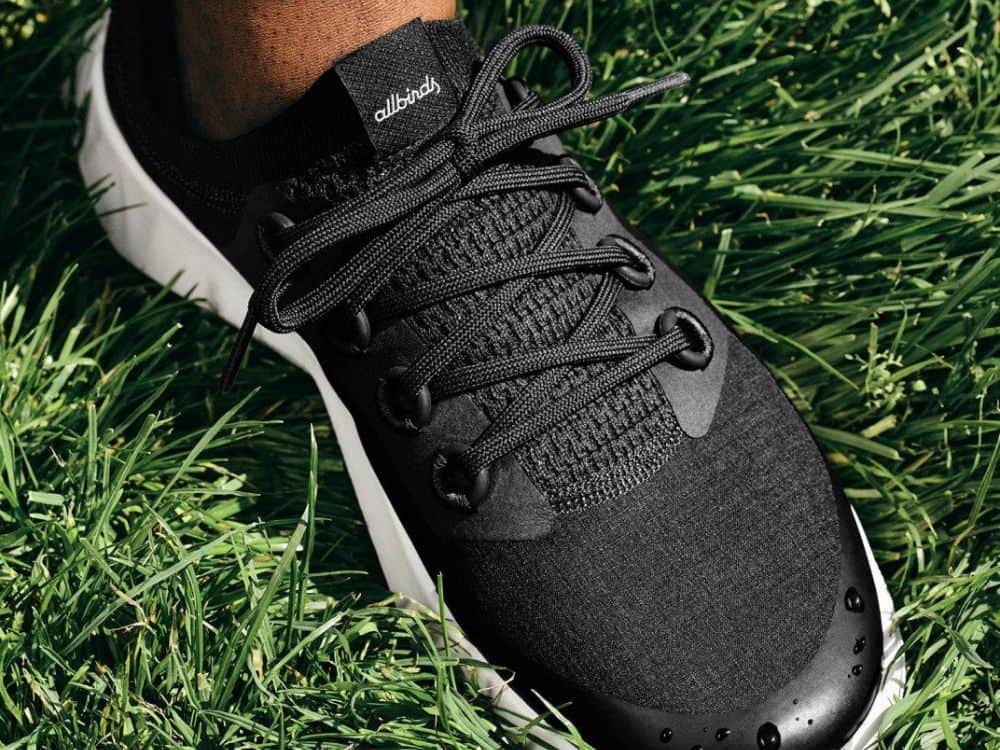
Allbirds endured intense scrutiny the last few years, with controversies like product durability issues, a barrage of negative press, a class-action Allbirds lawsuit, and a PETA call-out threatening to clip the brand’s wings.
Additionally, their latest launch of a “carbon zero” sneaker called M0.0nshot is already smacked with greenwashing criticisms.
Allbirds Product Durability & Negative Press
From Gimlet Media podcasts to Fast Company, Business Insider, and beyond, Allbirds has taken a lot of flak (and lost hundreds of millions of dollars) for product durability issues.
This is worrisome, because durability is a benchmark of sustainability.
Especially given that Allbirds end-of-life still remains less than favorable, with the only outcome for heavily used shoes being the landfill, we hope the brand can turn it around and offer a program to recycle Allbirds products that have flown their last.
In response, the brand is developing all materials 2x more durable.
Allbirds Lawsuit & PETA Call-Out
The Allbirds sustainability lawsuit (which the brand won) stemmed from PETA’s call-out, in which the world’s largest animal rights organization blasted the brand for falsely advertising sheep “living the good life” on Merino wool farms.
Both PETA and the lawsuit claimed that Allbirds’ greenwashing masked the truth about how sheep were mistreated for their wool.
They also said that the company’s life cycle assessment (LCA) was faulty.
Both the lawsuit and PETA believe it measures the carbon footprint of each product based on materials, manufacturing, product use, but that it fails to measure the environmental impact of wool production on water usage, eutrophication, and land occupation.
According to PETA, wool production can have the CO2 emissions of driving 100km in a car for just 1 kg of wool. Allbirds refuted this with their wool having regenerative sources that implement carbon sequestration practices.
While the PETA controversy brought negative press, decreased sales, and a lawsuit, the courts threw it out.
They believed Allbirds’ animal wellness claims were properly backed up and that the plaintiff failed to provide evidence that the farms found by PETA’s exposé were actually used by Allbirds.
Now, Allbirds open-sources its carbon footprint methodology and works with external consultants to develop and validate their LCA tool, methodology, and datasets used to calculate product carbon footprints, all verified against third-party standards.
Their wool farms (whose names and addresses are yet to be released, but we know are a part of the New Zealand Merino Company) are also regularly audited.
Allbirds Greenwashing: A Shoe With No Footprint?
Amidst the flurry of bad press, Allbirds launched its latest and most ambitious, the M0.0nshot shoe.
Named to honor its 0.0 CO2 production emissions (without purchasing carbon offsets), the shoe has public opinion split down the middle.
On one side are those who say Allbirds are game changers influencing a troubled footwear and apparel industry.
On the other, those who say it’s all clever math and marketing.
The shoes won’t be released to the public until mid-2024, so the jury’s out if the M0.0nshot really is an eco-shot to the moon.
Based on its open-source Recipe Book, the brand has effectively reduced emissions from their production process. By offering other brands the “secret sauce” behind their business models, they’re encouraging competitors to follow in sustainable suit.
Did you know we Have a Newsletter?
We cover the latest in sustainable living, fashion, zero waste, beauty, travel, finance and more…
Final Thoughts On Allbirds Ethics & Sustainability
In the words of celebrated climate scientist Kevin Anderson,
“Net Zero is a real dangerous turn in my view, and if you hear the language of net-zero, I’d be very cautious about the optimism of the person who’s saying it actually has.
“Unpack it, reveal what’s behind it, and you’ll realize what they mean, and what they mean is NOT zero emissions, not net-zero. I always say ‘net-zero’ is Latin for ‘kick the can down the road.’”
While Allbirds’ chuffed marketing chirps can sound suspect, we have yet to catch them manipulating the truth for their profit or image.
If anything, this company comes across as down-to-Earth as they respond to criticisms and innovate solutions for our pressing issues at the intersection of sustainable fashion, the climate, and capitalism.
We’d like to see even more transparency and mechanisms in place to ensure animal welfare and human rights carry throughout their supply chain. We’re also in favor of better durability and circularity of products to limit their carbon footprint.
All in all, Allbirds still gets our vote as one of the most striking examples of a purpose-driven, well-intentioned corporation who consistently minimizes harm and tries to do good.
Allbirds calls it a Super Natural approach, and for it, we believe this carbon-conscious brand is poised to take new heights.
Pin these:
